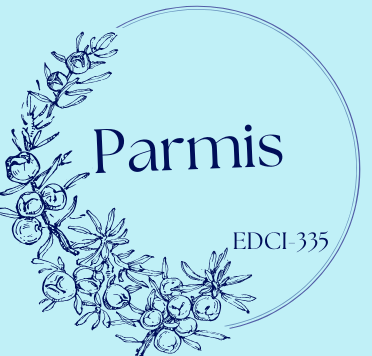
(University of Scarborough, n.d.)
Experiential learning is the process of learning by doing, and is based on both constructivist and interdisciplinary learning. This dynamic approach to education emphasizes learning through direct experience, essentially, learning through life. Grounded in the work of educational theorists such as John Dewey, Jean Piaget, and David Kolb, this method encourages students to actively engage in the learning process (Harsma et al., 2021.) Rather than passively absorbing information through lectures or textbooks, students participate in hands-on activities that can help foster a deeper understanding and improve critical thinking (Harsma et al., 2021.)
A key characteristic of experiential learning is its reviving process, as outlined in Kolb’s Experiential Learning Theory (ELT.) This process consists of four stages: concrete experience, reflective observation, abstract conceptualization, and active experimentation (Kolb, 2015.) Firstly, in concrete experience, learners engage in a direct experience, such as a lab experiment, internship, etc. Secondly, they participate in reflective observation which naturally happens when we have new experiences. Students in this stage start to reflect on their personal experiences, drawing insights and noticing patterns. Thirdly, they connect their observations to theoretical frameworks, helping to bridge the gap between practice and academic knowledge. Finally, they apply the concepts they have learned from their new academic situations and apply it to the real world, reinforcing and expanding their understanding (Kolb, 2015.) Other characteristics of these stages include collaborative learning, critical analysis, engagement in purposeful endeavours, and encouraging the big picture perspective (Harsma et al., 2021.)
Experiential learning plays a crucial role in my groups education topic: differentiation in learning by accommodating diverse student needs and abilities. By offering a variety of hands-on experiences and applying the experiential learning method, educators can tailor instruction to suit auditory, visual, and kinesthetic learners. Thus, this method aligns with our topic of differentiation where both approaches require problem-solving skills and practical application. Experiential learning, is especially beneficial in fostering engagement and a deeper grasp of complex concepts (Kolb, 2015.) However, it might not be a suitable method for all subjects or learners. Some students may struggle with the ambiguity and self-direction required. They may have personal learning constraints that limit hands-on experiences. Despite these challenges, experiential learning remains a powerful method for preparing students for real-world problem-solving and lifelong learning.
Harsma, E., Miller, C. L., & Manderfeld, M. (2021, June 1). Experiential learning. Maverick Learning and Educational Applied Research Nexus. https://mlpp.pressbooks.pub/mavlearn/chapter/experiential-learning/#:~:text=The%20Experiential%20Learning%20Theory%20(ELT,the%20process%20of%20creating%20knowledge.
Kolb , D. A. (2015). Norwich University. Experiential Learning: Experience as the Source of Learning and Development (2nd Edition). https://online.norwich.edu/
University of Toronto Scarborough. (n.d.) Experiential learning [illustration]. https://www.utsc.utoronto.ca/experiential/

Hi Parmis,
Your introduction about experiential learning is very knowledgeable. I like how you are straightforward with the information by connecting both constructivist and interdisciplinary learning to experiential learning. I also love how you provided evidence that this method works by mentioning multiple theorists. Additionally, the way you included Experiential Learning Theory (ELT) followed by its four stages really shows that you understand the concept of experiential learning. Moreover, The blog is so well-structured, as you also did not forget to include how this type of learning boosts learner’s engagement by interactive activities such as problem-solving and practical application.
Keep up the good work!
Hi Parmis,
Experiential learning seems to go with our topic of differentiated instruction so well. From my understanding of your blog post, this approach allows students to engage in hands-on experiences that cater to different learning styles, making education more accessible and personalized. By incorporating direct experiences experiential learning can help students develop problem-solving skills and a deeper understanding of concepts. This aligns perfectly with differentiated instruction, which focuses on meeting diverse student needs by adapting teaching methods to individual strengths and preferences. Your topic of experiential learning aligns well with my chosen topic for my blog post, “Cooperative learning,” because both can be implemented together to create a more interactive and engaging classroom. Working together in cooperative learning groups and then using experiential learning within those groups can be very effective because using experiential learning within cooperative groups, students not only learn from direct experiences but also reflect on and discuss their findings with peers. The combination of both methods creates a dynamic learning environment, which highlights a great way to implement differentiated instruction!! Great job your blog post was well written!!